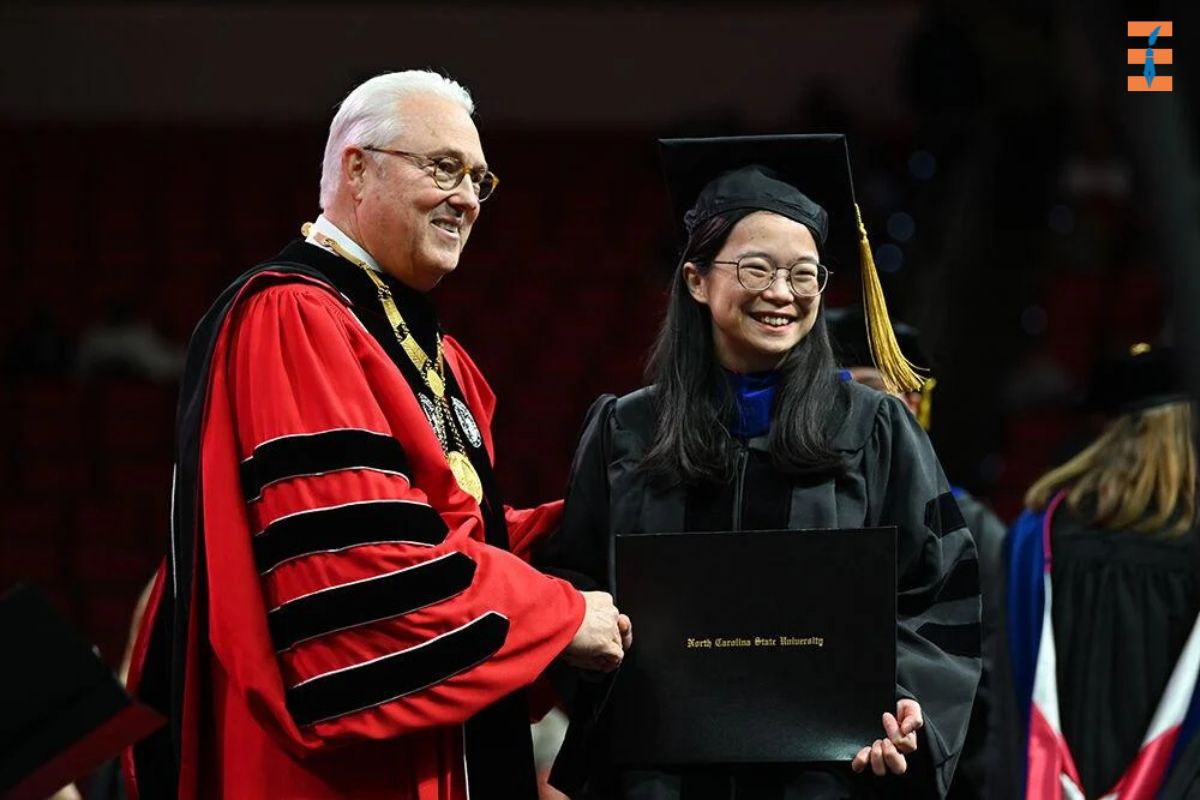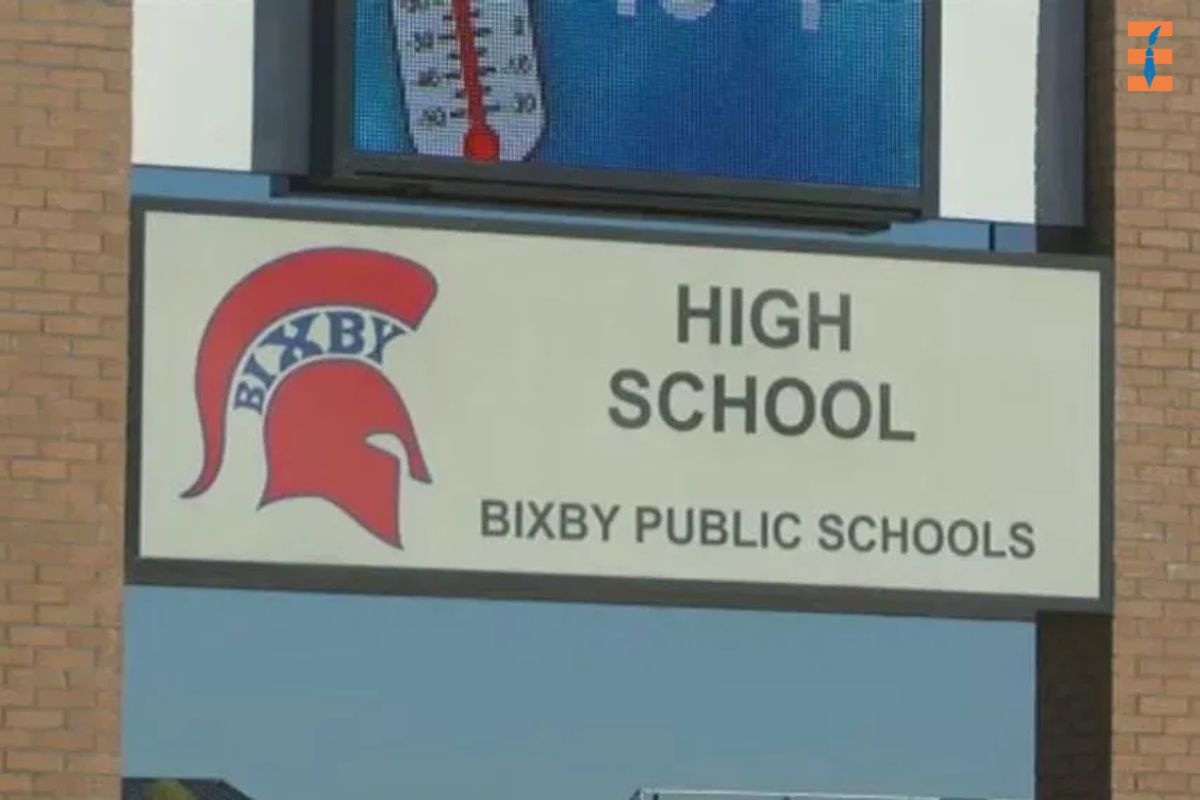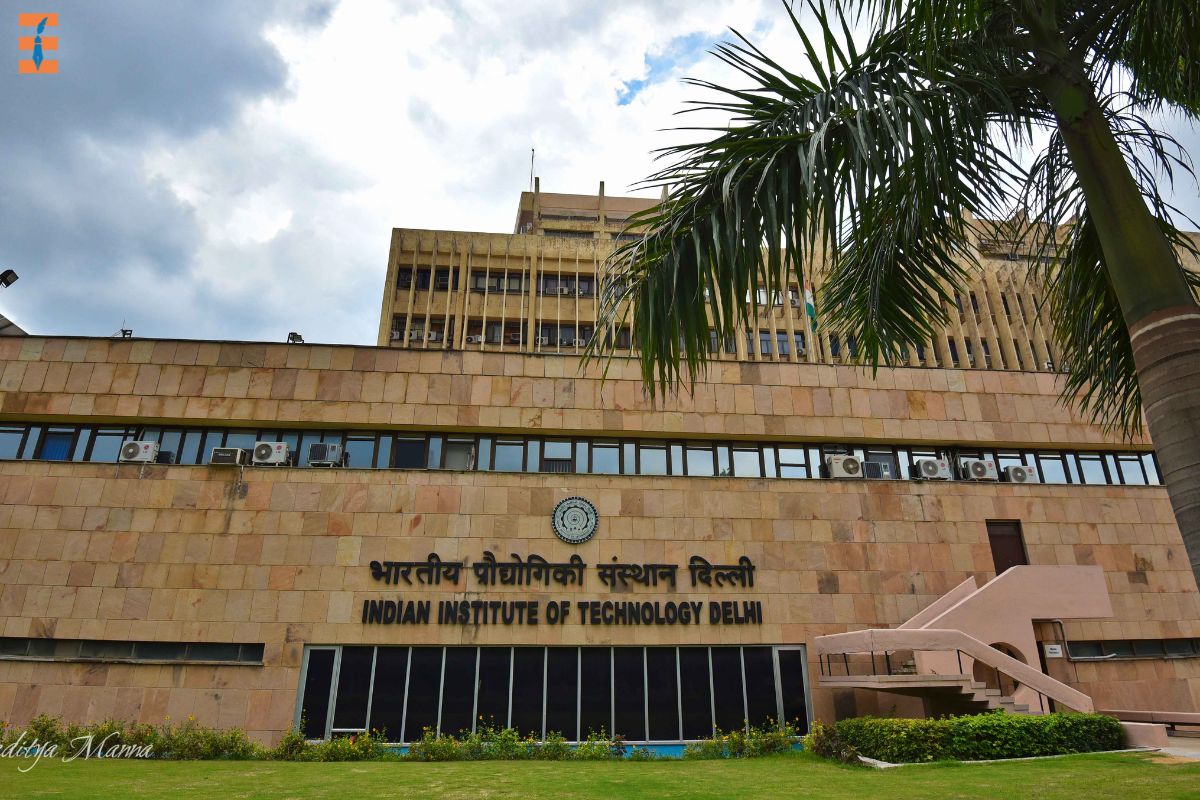The landscape of education is ever-evolving. Traditional linear learning models are giving way to more dynamic and effective approaches. One such approach that has been gaining momentum in the field of science education is the “Spiral Curriculum.” This innovative method seeks to revolutionize the way students learn and understand complex scientific concepts. In this comprehensive article, we will explore the concept of a spiral curriculum in science, examining its benefits and the transformative impact it has on science education.
Breaking Free from Linear Learning
Historically, education systems around the world have predominantly followed a linear learning approach. This approach is characterized by a strict progression from one topic to the next, often with limited room for revisiting previously covered material. While this method may offer a structured framework, it has several limitations, especially in the context of science education.
In the linear learning model, students are introduced to scientific concepts sequentially, and once a topic is covered, it is rarely revisited. This approach has its advantages, such as providing a clear and structured path for educators to follow. However, it often fails to account for the iterative and interconnected nature of scientific knowledge. Science is not a series of isolated facts and figures but a dynamic and evolving field where concepts build upon each other.
The Spiral Curriculum: An Innovative Paradigm Shift

The spiral curriculum approach challenges the traditional linear model by acknowledging that learning is not a one-way street. It is not about merely progressing forward; it’s about delving deeper and making connections between different pieces of knowledge. In the context of science education, this curriculum takes students on a journey where they revisit and explore scientific concepts multiple times, each time with increasing complexity and depth.
Related: Tips To Help Students Improve Their Research Skills
Key Principles of a Spiral Curriculum in Science
1. Repetition with Variation
In a spiral curriculum, topics are revisited periodically. However, with each iteration, the depth and complexity of the topic increase. This approach ensures that students have multiple opportunities to grasp and internalize scientific concepts.
2. Interconnectedness
A core principle of the spiral curriculum is recognizing the interconnected nature of scientific knowledge. Instead of viewing topics as isolated entities, this approach highlights the relationships and dependencies between different concepts. Students learn that one scientific idea often leads to another, and they can see how everything fits together.
3. Long-Term Retention
By revisiting topics over time, a spiral curriculum enhances long-term retention. Concepts that students encountered earlier in their education continue to be reinforced and built upon as they progress through different grade levels.
4. Adaptability
A spiral curriculum is adaptable to the evolving nature of scientific knowledge. As discoveries and advancements occur, the curriculum can be adjusted to incorporate the latest information, ensuring that students receive the most up-to-date education.
Advantages of a Spiral Curriculum in Science
The shift from linear learning to a spiral curriculum in science offers a range of advantages for both students and educators:
1. Deeper Understanding

Students gain a more profound and comprehensive understanding of scientific concepts as they revisit them multiple times. This approach encourages critical thinking and problem-solving skills.
2. Improved Retention
Scientific knowledge becomes ingrained as students encounter and engage with concepts repeatedly. Long-term retention is enhanced, leading to a stronger foundation for future learning.
3. Real-World Application
The interconnected nature of this curriculum mirrors how science is applied in the real world. Students learn to see the relevance of scientific concepts in various contexts.
4. Reduced Knowledge Gaps
In a linear model, students may develop knowledge gaps because they don’t have the opportunity to revisit topics. This curriculum mitigates the issue by ensuring that no topic is left unaddressed.
5. Inclusivity

A spiral curriculum is more inclusive and accommodating for diverse learning styles. It allows students to progress at their own pace and revisit topics as needed, reducing the risk of leaving anyone behind.
6. Preparation for Advanced Study
Students who have experienced this curriculum are better prepared for more advanced scientific studies. They have a solid foundation and a holistic view of how science works.
Challenges and Implementation
Implementing a spiral curriculum in science is not without its challenges. It requires a shift in educational paradigms, curriculum development, and teacher training. Teachers must be prepared to adapt their instructional methods and materials to align with the spiral approach. Additionally, there is a need for ongoing assessment and evaluation to ensure that students are benefiting from this curriculum.
The Future of Science Education
As science continues to advance, so must our approach to science education. The spiral curriculum in science offers a promising path forward, one that aligns more closely with the dynamic nature of scientific knowledge. By revisiting and building upon concepts, students are better equipped to navigate the complexities of the scientific world and become critical thinkers and problem solvers. This shift in education represents an investment in the future, producing scientifically literate individuals who can contribute to the advancement of science and technology. The transition from linear learning to a spiral curriculum is not a simple change; it is a transformative evolution in science education, one that holds the promise of a brighter and more scientifically literate future.










